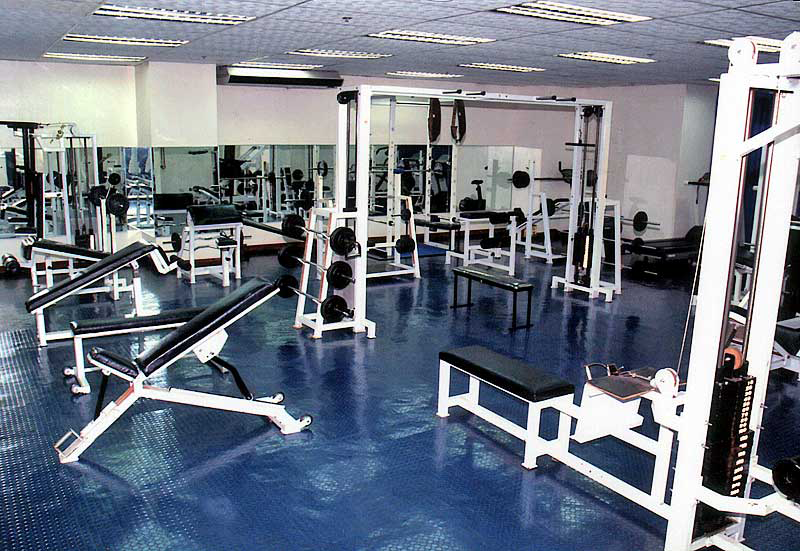Spring arrives on March 20, and with it, the crack of a baseball or softball bat, the sound of a track coach’s whistle and the rough-and-tumble of other outdoor sports in the Pacific Northwest. Spring sports not only herald the return of warmer weather, they are a forerunner of an increase in an athlete’s risk of many sports-related injuries. Doctors at Orthopedic Specialists of Seattle (OSS), who have seen just about every possible sports-related injury, offer tips on how to avoid and treat many sports-related injuries.
Dr. Weil states, “As an orthopedic surgeon specializing in hand surgery, the spring is a busy time for me. I see many sports related injuries in the spring time as people in the northwest come out of winter hibernation. Some of the more common injuries are due to bicycle crashes due to cycling on wet roads and overuse injuries as people ramp up their activities too quickly. The old adage, “slow and steady wins the race”, is true in this case. I look forward to the upcoming triathlon season and will be out in the water, on the bike, and running as well.”
Upper Extremity
In both pro and college baseball players, upper extremity injuries are most common and account for approximately 20 percent of all injuries. Injuries include dislocations, sprains and strains, labral injuries, and rotator cuff injuries. Shoulder problems are usually part of a bigger problem, alignment. By correcting the alignment issues, most shoulder problems can be resolved as long as they haven’t passed the point of no return. Once this happens, surgery is usually the only option to truly fix the problem.
Elbow injuries account for approximately 16 percent of pro and 8 percent of college injuries. These injuries include sprains and strains, contusions, and more severe injuries such as ulnar collateral ligament injuries (Tommy John) and posterior impingement. Elbow sprains and strains are more likely the precursor to an ulnar collateral injury. And just as in the shoulder, by correcting alignment issues, most elbow problems can be resolved as long as they haven’t passed the point of no return.
Baseball Injuries
The 3 main lower extremity injuries in baseball are:
- Muscle strains, such as a pulled hamstring or quad,
- Ankle sprains, and
- Contusions (ie getting hit by a pitch).
Rehab for sprains and strains can involve a short time off from play (if needed) and rehabilitation consisting of regaining range of motion/flexibility, strength, and balance. All of this should be done under the guidance of an athletic trainer or physical therapist.
Hand/wrist
Hand and wrist injuries account for approximately 10 percent of baseball injuries. These can be minor such as contusions to more serious injuries such as fractures and dislocations. The majority of these injuries are from being hit by a pitch or from sliding. Hand and wrist injuries should be evaluated by your athletic trainer who will refer to a sports medicine physician for more severe injuries such as dislocations and fractures. Minor injuries are usually treated with rest, rehabilitation, and taping/bracing if needed.
Track and Field Injuries
Many track and field injuries can be prevented by increasing the level of awareness and knowledge of prevention. Muscle strains and sprains are the most common track and field injuries.
Common track and field injuries include:
- Shin splints
- Microscopic stress fractures
- Compartment syndrome
- Tibial stress syndrome
- Plantar fasciitis (pain on the bottom of the foot)
- Runner’s knee
- Chondromalacia
- Patellar tendonitis and Osgood-Schlatter disease
- Muscle strains to the quadriceps (front of thighs)
- Hamstrings (back of thighs)
- Hip adductors (groin) and hip flexor (front of hip)
- I-T band syndrome
- Scrapes and burns from falling
- Blisters
OSS doctors offer the following tips for avoiding sports injuries, including baseball and track:
- Wear properly fitted shoes – Protective gear is vital, but shoes that fit well are the single most important piece of equipment in just about every sport.
- Properly warm-up before engaging in activities – Both youth and adults today seem to believe that they can just ‘flip a switch’ and begin competing. By warming up properly, you gradually lengthen and stretch your muscles, increase your body temperature and blood flow, and alert your body to be prepared for more rigorous physical activity.
- Don’t continue to play when you are injured – It’s tempting to try to ‘play through’ an injury, or to go back out on the field before you are ready. That is almost always when greater; often more significant damage is done to an athlete.
- Establish a good stretching program to include the gastrocnemius/soleus (calves), hamstrings, quadriceps, hip flexors and hip adductors. Initial stretches should be static (no bounce) and held for at least 30 seconds, then progressed to dynamic stretches such as walking lunges or high stepping.
- Hydrate 30 minutes prior to practice/game and drink a combination of water/sports drinks during activities.
If you believe you are suffering from a sports-related injury and need specialized orthopedic care, Orthopedic Specialists of Seattle provide excellent treatment options available for you. Please feel free to contact OSS at (206) 633-8100 to schedule an appointment.

